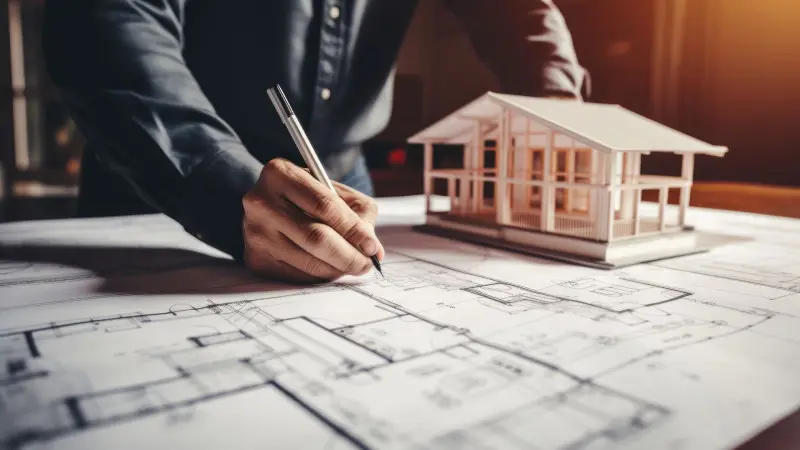If you’ve decided to age in place and remain in the home and community you love, it’s essential to tailor your home to manage common health and mobility challenges. Here, we share five better ways to renovate your home using forward-thinking designs ideal for aging in place.
1. Consider Creating a Main Floor Master Suite
If your primary bedroom is on the second level, installing a bedroom and ensuite bathroom on the main level will make life easier. Many empty nesters have unused rooms with space that could be put to better use, such as offices, dens, and family rooms.
You can reconfigure your main floor layout to create a convenient, comfortable master suite and use your upstairs primary bedroom as a guest suite. If your home is smaller, you can consider building a brand-new addition for your main floor suite.
2. Install a Bathroom on the Main Floor
Older homes with all the bathrooms on the second floor also present a mobility challenge. Adding a bathroom on the main floor means you won’t have to climb the stairs to use the bathroom. You can equip your new bathroom with features that will work better while aging in place such as wider doorways to accommodate walkers or wheelchairs, a higher toilet to make it easier to sit and stand and grab bars to provide support.
3. Adapt Your Shower/Tub
Two common choices when adapting your main bathroom for aging in place are roll-in showers and low-threshold showers. Roll-in showers are level with the floor for a barrier-free entry that reduces the risk of tripping while also accommodating a wheelchair if required.
Low threshold showers can also work but still create a 2” – 5” lip between the floor and shower. By going with the roll-in, you have no curb at all, so you’re ready for anything.
3. Install Grab Bars and Handrails
Grab bars help you avoid slipping when getting in and out of the tub/shower or standing and sitting when using the toilet. Handrails in areas such as your hallways or on both sides of your staircase give you confidence when it becomes difficult to walk, or you experience balance issues. These affordable upgrades can make a world of difference to improve your quality of life and ability to maintain your independence and health.
4. Think Ahead When Remodeling
The upgrades you invest in today should make it easy to adapt to further changes as you age. For example, if you redo your bathroom and feel you’re not quite ready for grab bars, ask your contractor to include blocking in the walls for future installation. If you can still get about without needing a wheelchair or walker, have your contractor install a glass shower door that can be removed easily if your mobility changes.
Also, costly renovations such as freestanding soaker tubs or built-in shower benches are typical upgrades homeowners love. However, when aging in place, they often prove to be a waste of money.
The soaker tub will become too awkward to use as you age, while a built-in bench will be in the way should you need a wheelchair. It makes more sense to invest in a large, luxurious roll-in shower with enough space to accommodate a comfortable free-standing bench or a wheelchair, should the need arise.




